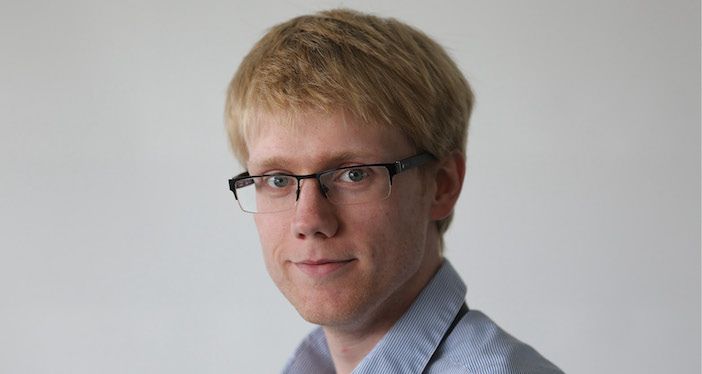Alex Ballisat, senior research engineer at CFMS asks and answers the question: How can ultrasonic non-destructive testing help understand and quantify the structural health of composite materials in the aerospace industry?
As the aerospace industry drives towards a greener future, composite materials are playing an increasingly important role as the industry looks to shift from more traditional materials such as aluminium. The typically lightweight nature of these materials often allows for the potential to increase the fuel efficiency of an aircraft, with their durability meaning quality isn’t compromised.
This is coupled with an industry-wide need to reduce the wastage of components and maximise their service life. Structural health monitoring provides the potential to achieve all of these goals, however new techniques must be developed and optimised to meet these aims. This desire reaches beyond just the aerospace industry, including sectors like energy and transport.
Structural health monitoring
Given the expensive and time-consuming nature of physical trials, simulations of inspections present both a time and cost-effective means of rapidly developing new monitoring techniques. Coupling simulations with advanced design space exploration techniques yields deep insight into inspection performance.
An exploration of ultrasonic non-destructive testing for composite components
The Centre for Modelling and Simulation (CFMS) has been working on a project that applies simulation and design space exploration to a novel monitoring technique for aerospace components. This allows inspection designers to consider a much larger area of the design space and tune the operating parameters of the inspection to meet requirements. Inspection is subsequently faster, cheaper and doesn’t require the manufacture of many expensive samples.
A key aspect of the project was the simulation of ultrasonic waves in the components. The responses captured enabled the exploration of a much wider range of plates and defects. Without the use of the simulation, all test cases would have to be manufactured to an extremely high precision to not only ensure that all present defects were known, but to assess the success of the Non-Destructive Testing (NDT) method.
In order to replace experimental tests with simulated tests, it is critical to ensure the model used is validated and realistic. This validation was conducted using the experimental results of two flat composite plates and, once a match was determined, defect images were constructed using a transducer array method. This required response information from a number of sensors around the plate.
Modelling allows the technique to be quickly tested on other geometric configurations like T-Sections, while testing performance on a range of defects, including small voids and larger delaminations.
In total, nine different plate geometries were simulated with a variety of defects beyond that of the experimental data. As a result at least 90 composite plates did not require manufacture. This saved money, time and materials and still maintained testing quality and insight. Similarly, sensor simulation embedded within a flat plate composite saved time; the reality of manufacturing a flat plate composite at multiple depths and for various defect types per plate is time and resource heavy.
An investigation using the validated model for this project found that placing the sensors within the composite itself had no advantage, and this valuable insight resulted in avoiding the needless manufacturing of complicated and expensive composite plates.
Optimisation
The specific placement of the sensors on a plate has a significant impact on the performance of the defect imaging method, therefore the design space of possible sensor positions can be explored using an optimiser to find the optimal configuration. CFMS’s optimisation tool was able to assess 60,000 sensor configurations in roughly six hours, meaning the team found an optimal configuration to successfully identify the presence of the defects within the array.
The imaging algorithm used to identify defects uses highly-coupled multiple parameters. Parametrisation of the design space facilitated the use of efficient optimisation techniques to assess the defect imaging performance for a wide range of imaging parameter combinations. Based on the parameters alone, this technique ensured the best output from the imaging algorithm.
A streamlined approach to NDT
This project demonstrated the ability to develop a high fidelity model of reality in order to gain real world insight of an NDT method for composite plates using a validated simulation procedure. The results showed an ability to significantly reduce development costs and the time needed to explore insights beyond experimental techniques.
The simulated data was successfully combined with an imaging algorithm which could detect defects in various locations and sizes. This methodology not only has implications for the aerospace industry and structural health monitoring but can be applied beyond NDT use cases.
The result of this project demonstrated an ability to simulate a physical process, validate, explore and optimise the simulation and offer a range of useful insights, all without undertaking physical trials. There is inherent potential for other industries too – simulations such as these can be applied to any system for which a model exists or could be developed.
Alexander Ballisat is a senior research engineer and part of the model-based engineering team at the Centre for Modelling & Simulation (CFMS), a not-for-profit specialist in digital engineering capability.





